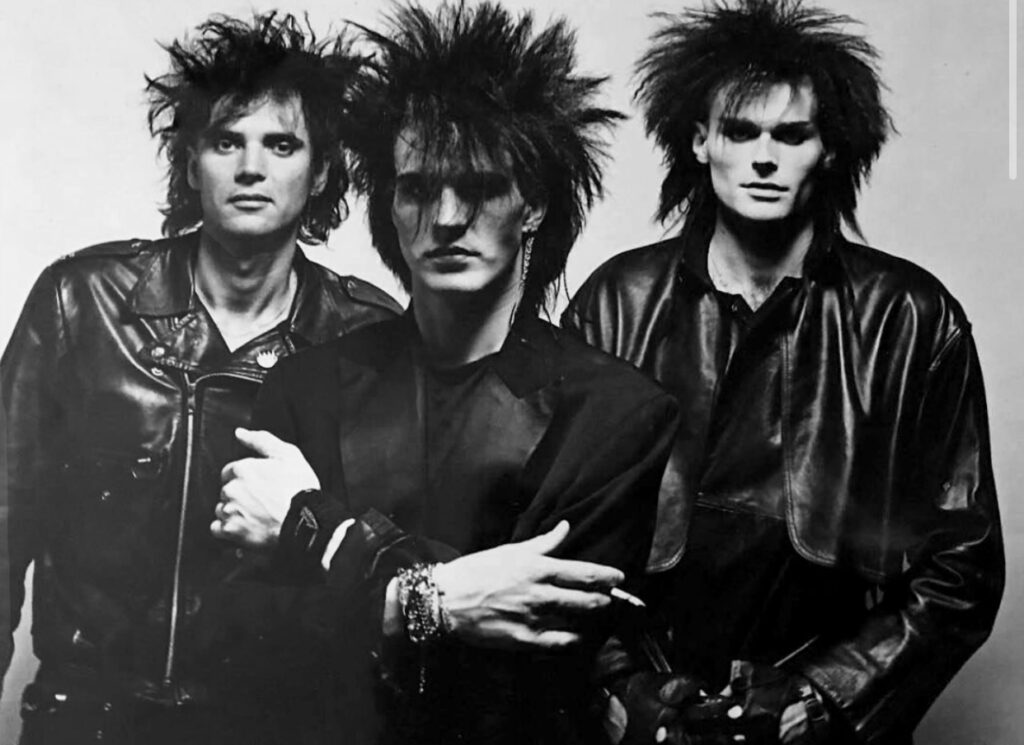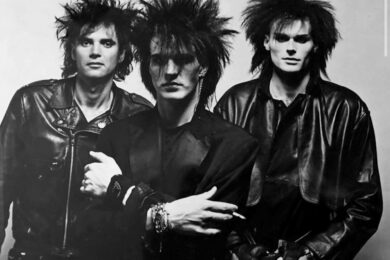Toronto, the actor and wit Peter Ustinov once observed, “is a kind of New York operated by the Swiss”. Considering Ustinov spent quite a bit of time in the city, we should probably read this as an affectionate putdown, but no less true for all that. It may be a multicultural metropolis, but Ontario’s capital has a stolid quality. Had I known about this quip in 1988, when I moved to Toronto having barely been out of Britain, it would have both reassured and worried me. Reassured me because the prospect of a new life in the New World was daunting. Worried me because, as a drinking buddy from Soho’s Intrepid Fox noted as he prepared to move to Milwaukee to work in computers, there seemed the prospect of landing somewhere with “no rock & roll, no fun”.
As things turned out, while my time in Toronto was often discombobulating as an unwise marriage predictably fell apart, it really didn’t lack for music, parties and clubs. Where London had often seemed closed, even impenetrable, Toronto seemed open, as easy to navigate as its grid-plan streets. This was a time when rents were relatively cheap and friends lived in downtown apartments, or in converted warehouse spaces zoned for commercial usage, some of which doubled as after-hours speakeasies to help their tenants make the rent.
The spiritual home of all this cultural activity was downtown around Queen Street West, an area that once provided a refuge for Toronto’s punks before, in a familiar pattern, inexorably gentrifying. In the late 1980s, though, the place maintained traces of a scuzzier and defiant downtown spirit, for all its more exotic denizens were being forced to relocate to adjacent, cheaper neighbourhood.
As punk mutated, the area inevitably became a home from home for goths – or freaks and batcavers as they were known locally. Ivan Lapalme, now a DJ but then “just a kid into the European underground sounds” remembers listening to the likes of The Sisters Of Mercy, The March Violets and The Specimen around this time. This broadly chimes with my memories. Back at home, unbeknown to me, acid house was about to re-engineer the cultural landscape and the long post-punk era was ending, but in Toronto it seemed cool to dress like Ian Astbury – appropriate, considering The Cult singer spent part of his childhood in Hamilton, a steel town west of Toronto. I backcombed. I wore black. I bought a pair of cowboy boots. I hung out with National Velvet, a band that never quite made it beyond Canada.
That’s a sadly familiar tale. Even today, Canadian bands often struggle to get heard outside their home and yet the story of Toronto goth is worth revisiting, if only to remember how a now largely forgotten scene was so vibrant that it leaked into the wider culture. It’s surely no coincidence, for example, that Toronto was the setting for TV police procedural Forever Knight (1992-96), in which the lead detective is an 800-year-old bloodsucker trying to make amends for past sins. Then there’s Nancy Baker’s 1993 vampire novel The Night Inside, in which bloodsucker Ardeth spends time on Queen Street West because, well, where better to hide in plain sight?
Vital Sines – ‘Collage’
(1984, Vitle Sine)
Pre-goth. As elsewhere in the world, Toronto’s goth scene rose out of post-punk and synthpop. The vocals nod to Johnny Lydon and the bassline here could have been pinched from a Simple Minds track, but Vital Sines’ proto-goth ‘Collage’ represents one of those moments where you can hear and, in the best-serious-face accompanying video, see goth emerging. Initially released on the band’s own label, ‘Collage’ reached a wider audience when it…



